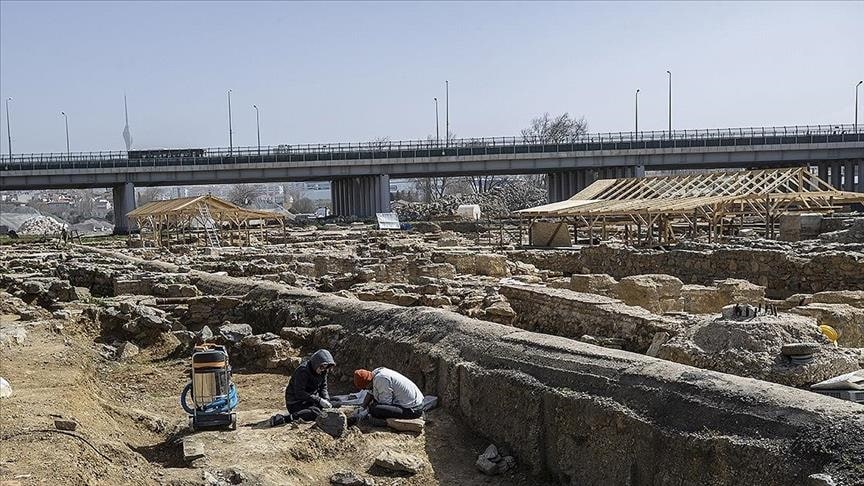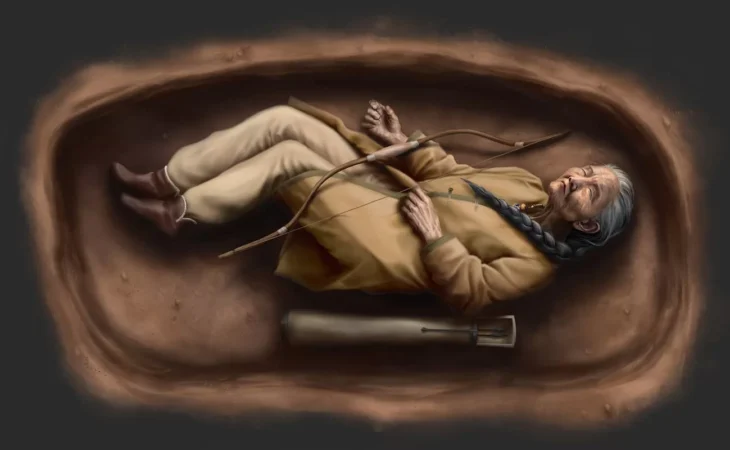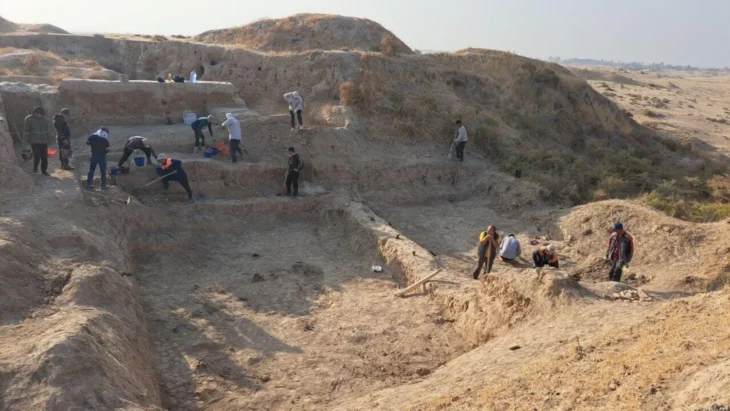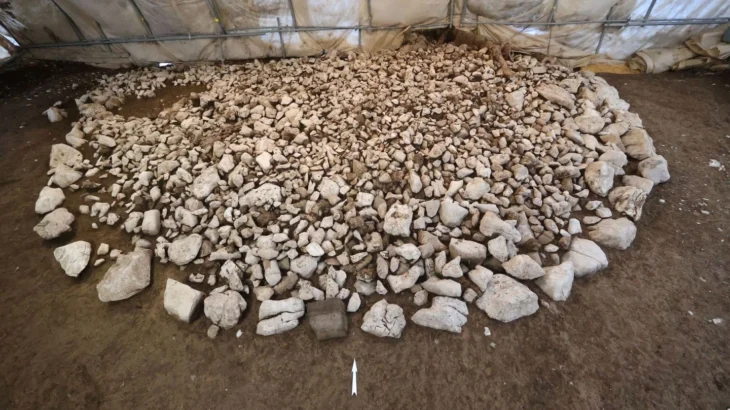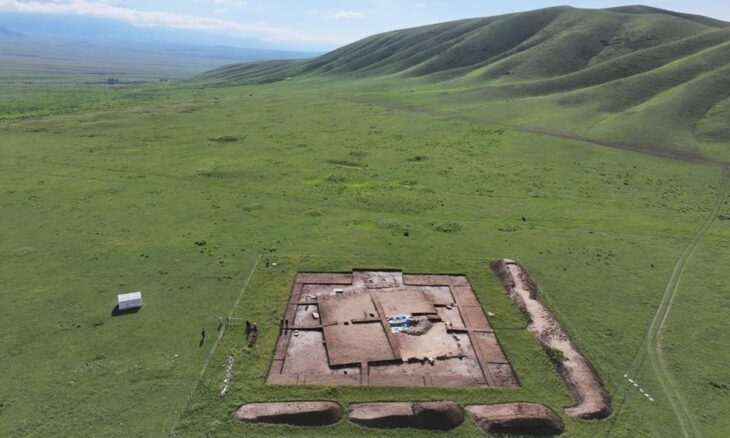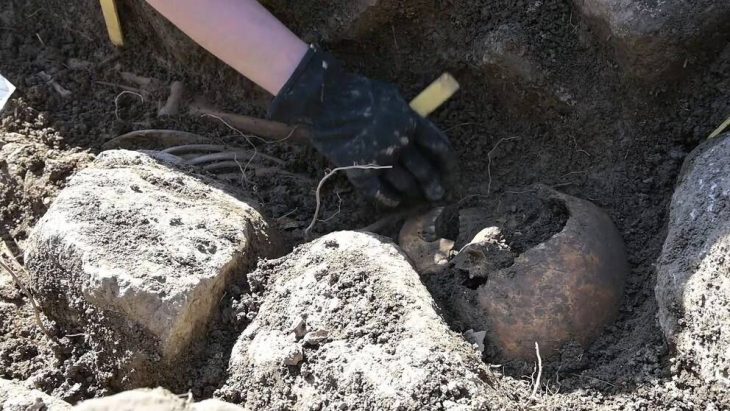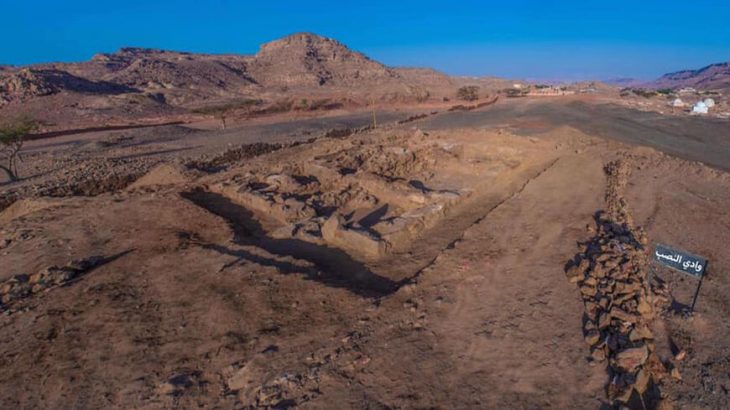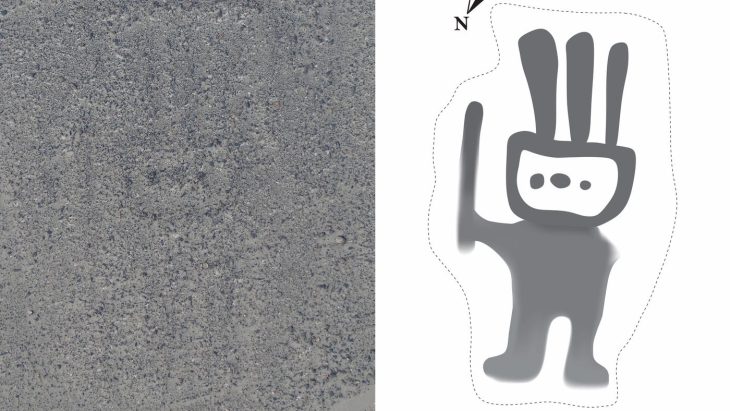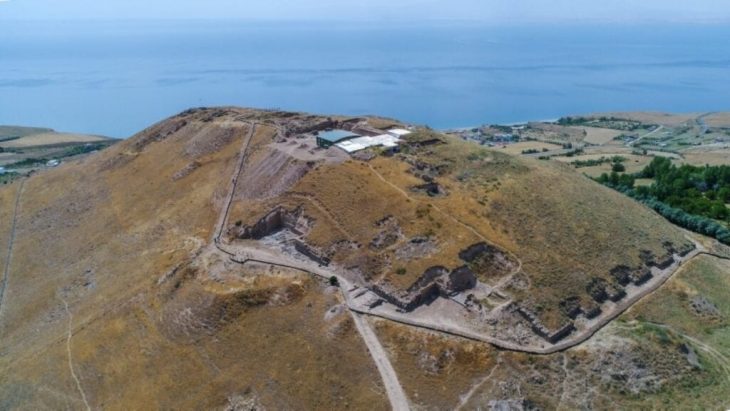A brick tomb belonging to the Hellenistic period (330 BC – 30 BC) was found during the Haydarpaşa excavations, which shed light on Kadıköy’s history for four years.
The discovery is the only model from that period, apart from the Hellenistic platform unearthed at the excavation site.
Since 2018, the Ministry of Transport and Infrastructure and Ministry of Culture and Tourism has been carrying out archaeological excavations on 300 decares square meters in Haydarpaşa and its surroundings.
The excavations, which have been continuing for nearly four years, shed light on the history of Kadikoy from the 5th century BC to the early era of the Turkish Republic.
Rahmi Asal, Director of the Istanbul Archaeological Museums, declared about the brick tomb unearthed during the excavations, that the sides and top of the tomb were covered.
📣 Our WhatsApp channel is now LIVE! Stay up-to-date with the latest news and updates, just click here to follow us on WhatsApp and never miss a thing!!
What makes the find particularly interesting is that the tomb was used for cremation.
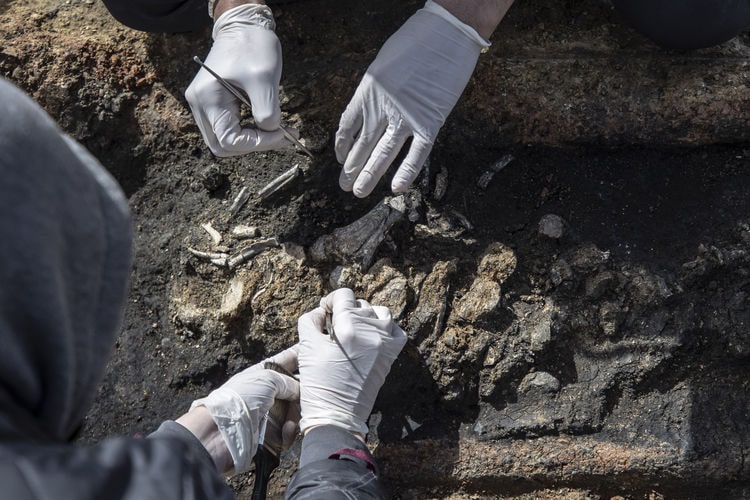
“This is a very significant discovery. It is the only thing from the Hellenistic period found here, apart from the Hellenistic platform previously dug up. This is very valuable. It is one of the oldest finds in this area,” he told Anadolu Agency.
According to the preliminary analysis, the body was cremated inside the tomb, but the skeleton and other remains survived the blaze and have now been unearthed, Asal explained.
He said a terracotta goblet and a perfume bottle, both of them with visible marks of fire damage, were found with the skeletal remains.
“I have never seen this type of a cremation tomb from the Hellenistic period. Perhaps this will give us many more valuable insights,” he added.
At the same area 2400 of 18 thousand coins were taken of 70,000 finds carried from the area to the workshop continues, Asal said that 18 thousand coins were identified, 2400 were taken into the inventory, and that there are around 10 thousand coins that have not been cleaned yet; “We will work on the remains next month…The site contains a very intricate group of archaeological remains and finds. Each remains was touched from time to time for different needs and Phases were formed. It is not easy to detect it either…There was a lot of intervention because the train tracks pass through here. It has become a bit difficult to identify the remains, unfortunately.”, emphasizing that the area was known as the western port of Chalcedon in ancient sources, and this was also determined by concrete documents in the excavations.
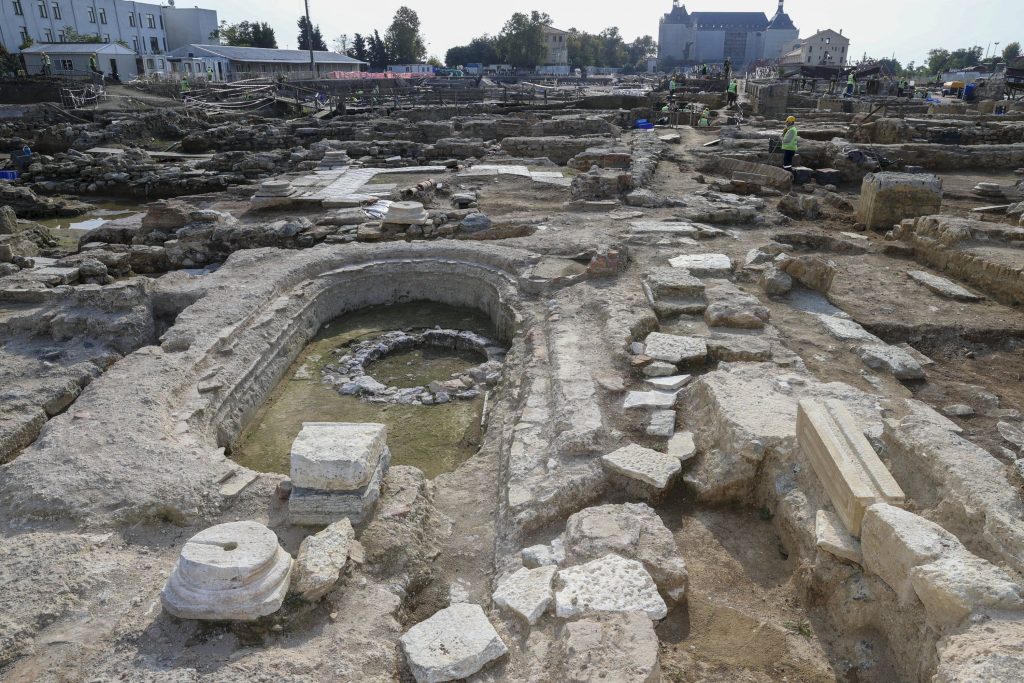
Asal continued: “In addition, the port and trade life, private life, shopping methods, this is a military transit point and accommodation area during the Ottoman period. We have obtained very important details and realities about this region’s history with traces, pottery and coins belonging to the periods “.
A 5th-century church built in the name of St. Bassa was also discovered last year.
Rahmi Asal affirmed too that one of the two important findings determined by the researchers from ancient sources is the Church of St. Ephemia and the other is the Church of St. Bassa.
These artifacts shed light on the history of the 15-million megapolis and the Asian district of Kadıköy, where the ancient city of Chalcedon once stood.

